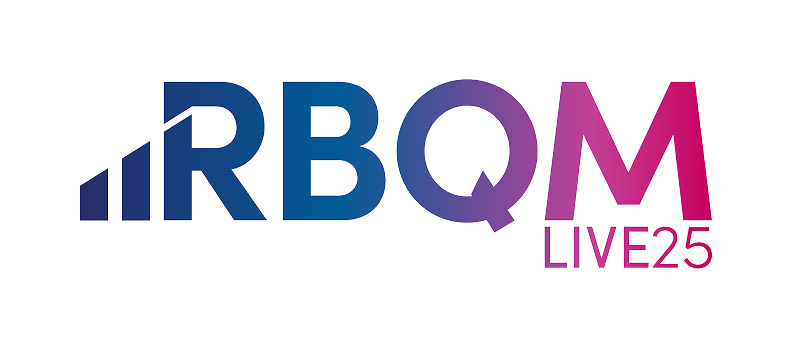As is typical of our industry, despite ringing endorsements of Risk-Based Monitoring (RBM) from both the FDA and EMA back in 2013, researchers have been conservative with respect to adopting this proven approach as standard within their clinical trials.
However, the introduction of ICH E6 R2 this year means that waiting and watching is no longer acceptable. The updated guidelines finally makes it official; a risk-based approach to clinical trial quality management – commonly referred to as Risk-Based Monitoring or RBM – is now a codified GCP expectation for the industry.
The updated ICH E6 R2 guidelines have been introduced to encourage implementation of improved and more efficient approaches to clinical trial design, conduct, oversight, recording and reporting while continuing to ensure human subject protection and reliability of trial results. The ICH E6 R2 states that, “the sponsor should develop a systematic, prioritized, risk-based approach to monitoring clinical trials. The sponsor may choose on-site monitoring, a combination of on-site and centralized monitoring, or, where justified, centralized monitoring.”1
So for those who have been resisting the shift, often simply through fear of change, the time is now to sit up and take action when it comes to implementing an RBM approach within your trials. RBM offers the chance to significantly improve quality, shorten study timelines and do this all at significantly lower cost, so embracing it should be viewed as a huge opportunity and positive step forward in carrying out more efficient clinical research.
There is no doubt that many sponsor and CRO organizations that may have previously delayed implementation of RBM methodology will be now be pouring over the updated guideline to determine what is needed for compliance. The guidance recommends that the approach taken must be controlled and systematic for the lifecycle of the study, and sets clear expectations for appropriate monitoring methodologies and documentation, including critical process and data identification, risk identification, risk evaluation, risk control, risk communication, risk review and risk reporting.
While it may sound complex, it is important for organizations to know that RBM strategies can be relatively straightforward to implement, providing they work collaboratively with the correct study partners to identify and implement the right tools that will help them manage this change in the most effective way and reap the advantages as soon as possible.
Once implemented, it’s crucial to make RBM stick and study teams can do this by ensuring clear communication with all involved in the change, creating an environment of openness where discussion about the new approach is encouraged, avoiding information overload, and continuously checking understanding to ensure correct processes are being followed.
For further insight, check out this month’s ACRP Clinical Researcher, in which I discuss ICH E6 R2 in more detail and explain why organizations should shift their mind-set away from simply ensuring compliance, and towards embracing the tremendous business opportunity offered through an effective roll-out of RBM. (Link to final piece to be included)
References:
This article was produced for the Association of Clinical Research Professionals



